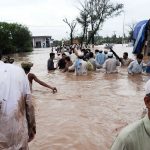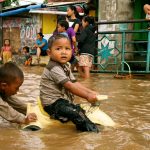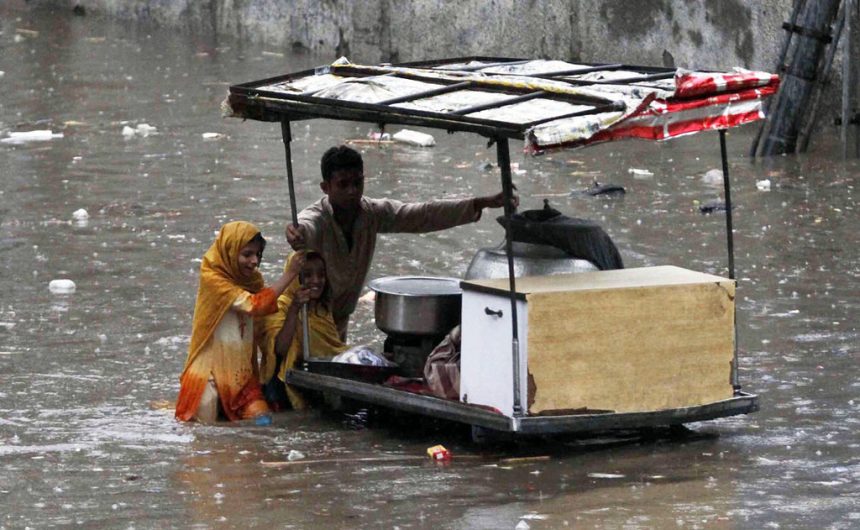Torrential Downpour Devastates Punjab
In the past 24 hours, 63 people have died and nearly 300 injured across Pakistan’s Punjab province due to torrential monsoon rains, provincial authorities confirmed. Widespread flooding and collapsing homes have made this one of the deadliest days of the season so far.
Rising Death Toll Across the Nation
Since late June, monsoon rains have claimed at least 159 lives nationwide. Heavy rainfall in Punjab alone has caused 103 fatalities and hundreds of injuries, damaging homes and destroying infrastructure.
Urban Buildups and Weak Structures Fail
Buildings—often constructed with inadequate reinforcement—have collapsed under the torrential rains. In Lahore, 15 deaths were recorded; Faisalabad saw nine fatalities; and Okara, Sahiwal, and Pakpattan also reported significant casualties.
Flood Alerts and Rescue Efforts
The Pakistan Meteorological Department has raised high flood alerts along the River Jhelum near Mangla, warning of possible overflow into surrounding communities. Rescue workers are on standby as monsoon conditions intensify.
Rural Hardship Intensifies
Over 1,000 homes have been damaged and livestock killed, amplifying the crisis in rural areas. Many families have been cut off as roads flood and bridges collapse.
Flashback to 2022 Devastation
The government has cautioned that current rainfall patterns could mirror the 2022 floods that submerged one-third of Pakistan and claimed over 1,700 lives, warning of the gravity of the situation.
What Comes Next
- Continued Rain Forecasts: More severe rains are expected in Islamabad, Azad Kashmir, and other regions.
- Emergency Measures: Authorities have urged people to stay indoors, avoid low‑lying or unstable areas, and heed official evacuation orders.
- Ongoing Rescue: Military helicopters, boats, and NDMA teams are engaged in rescue and medical operations across flood‑hit zones.
Final Word
The tragic death toll and widespread destruction from Pakistan’s monsoon season highlight urgent needs for disaster preparedness, resilient infrastructure, and robust climate response measures. As communities struggle to cope, vigilant rescue efforts and long-term planning are imperative to avert catastrophe.











